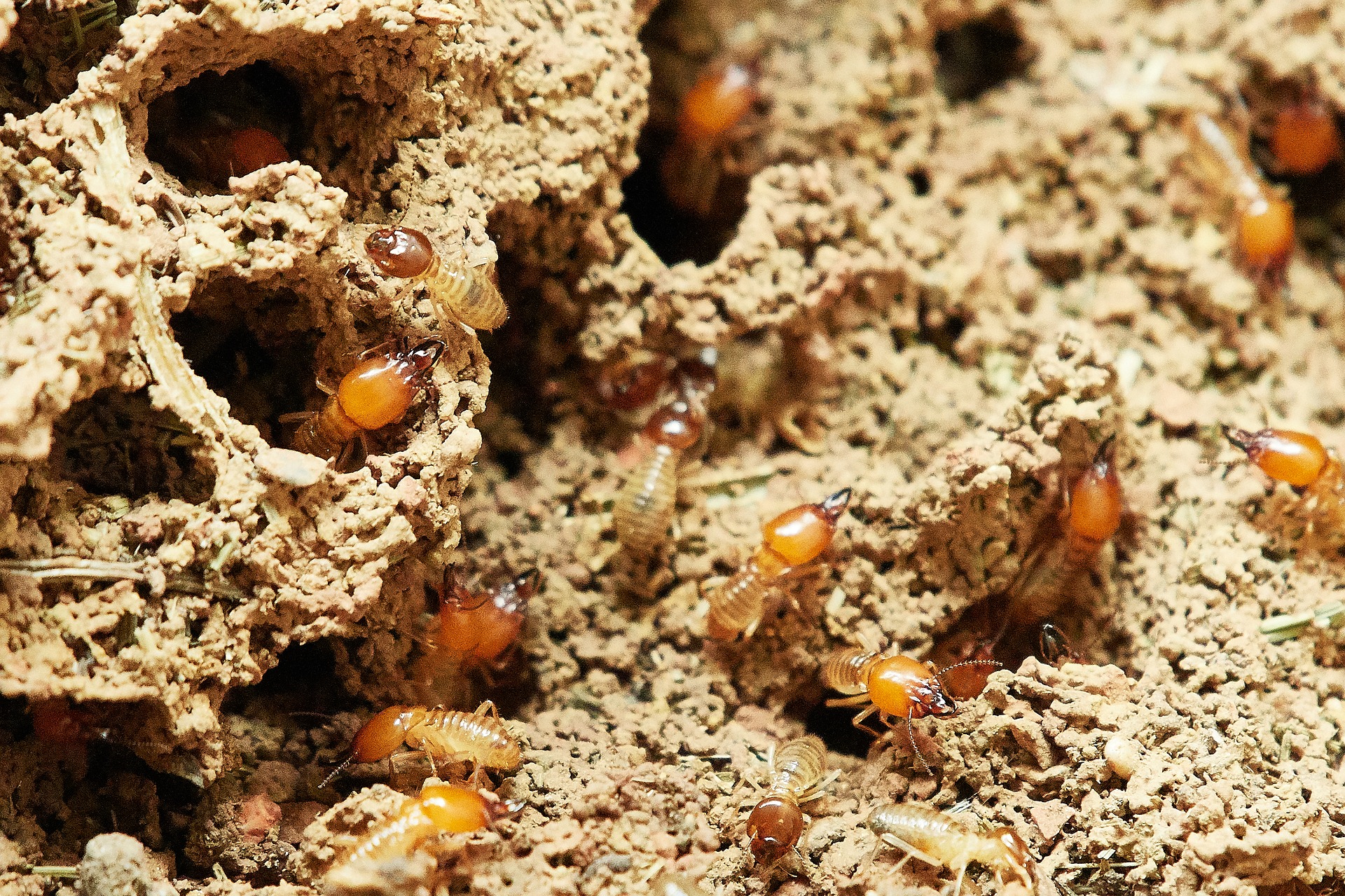Home ownership is part of the American dream. But that dream can become a nightmare if you purchase a home riddled with wood-destroying insects (WDI). Termites, carpenter ants, carpenter bees, wood-boring beetles, and other wood-destroying insects can wreak havoc on your home by causing lasting structural damage. They can tally up thousands’ worth of damage before you observe them or their handiwork.
BrockStar Pest Services offers WDI inspections to identify — and remediate this damage — in your current home that you’re hoping to refinance, one you’re hoping to buy, or one you’re representing as a realtor in the greater Austin area.
Impacts of Wood-Destroying Insects
Termites eat wood causing buckling wood, and swollen floors and ceilings giving the appearance of water damage. They don’t only strike wood homes. Subterranean termites can burrow into a home’s interior to feed on décor, such as wooden furniture, and cabinets. It can take three to eight years for an infestation to make itself visible. The United States Department of Agriculture (USDA) estimates termites eat through parts of 600,000 homes annually in the U.S. and cause nearly $40 billion in damage to buildings globally each year. Often, insurance doesn’t cover termite repairs.
The damage other insects cause may not be top of mind; however, their activity can be equally impactful. For example, carpenter ants burrow into wood. Because they don’t consume the wood like termites do, they push out sawdust, aka “frass,” as they work, which is a red flag to their presence. Carpenter bees can also leave lasting structural damage as they tunnel into wood to build nesting chambers. They also leave behind sawdust as a telltale sign there’s a wood-destroying insect at work.
Wood-destroying insect inspections can reveal the often-hidden work of these pests. With a report in hand, buyers can choose to move on to another property or ask for the seller to cover repairs. Thus, they can save themselves thousands.
WDI Inspections and Mortgages
The Department of Veterans Affairs, the Federal Housing Administration, or the Department of Housing and Urban Development all require WDI inspections to secure mortgages. Many banks do, too. But even if it isn’t required in your circumstances or your client’s, it’s wise to get one. Whether you’re a hopeful homeowner in the market, a property investor, or a realtor, here are the answers to a few frequently asked questions about WDI inspections.
- What does the inspector look for?
Inspectors look for signs of wood-destroying insects, including insect wings, live or dead bodies, or larvae; and frass. They only examine accessible areas such as attics and crawl spaces. They don’t break, remove, or dismantle parts of the building to conduct the examination. However, they use probing and sounding to detect infestations that may not be visible to the naked eye.
- What does the report include?
The report discloses if and where wood-destroying insects are present — or their absence. The report will also identify the type of insect present and the extent of any structural damage. The National Pest Management Association requires inspectors to complete Form NPMA-33.
- Who pays for the inspection?
It depends on the circumstances. In some cases, the seller pays. In others, the buyer is expected to pay. Your real estate agent can help you negotiate these responsibilities based on your situation.
- What should I do if WDI are found on inspection?
If live wood-destroying insects are found, pest management professionals like the ones at BrockStar, can prescribe treatment options.
How BrockStar Pest Services Can Help
BrockStar has been keeping it local since 2012, so we’ve been there and seen that. We can conduct a WDI inspection and, if an infestation is detected, create a comprehensive pest-control plan to rid your home of any wood-destroying insects and treat recolonizations in the future. Call for an estimate! 512-800-0437







